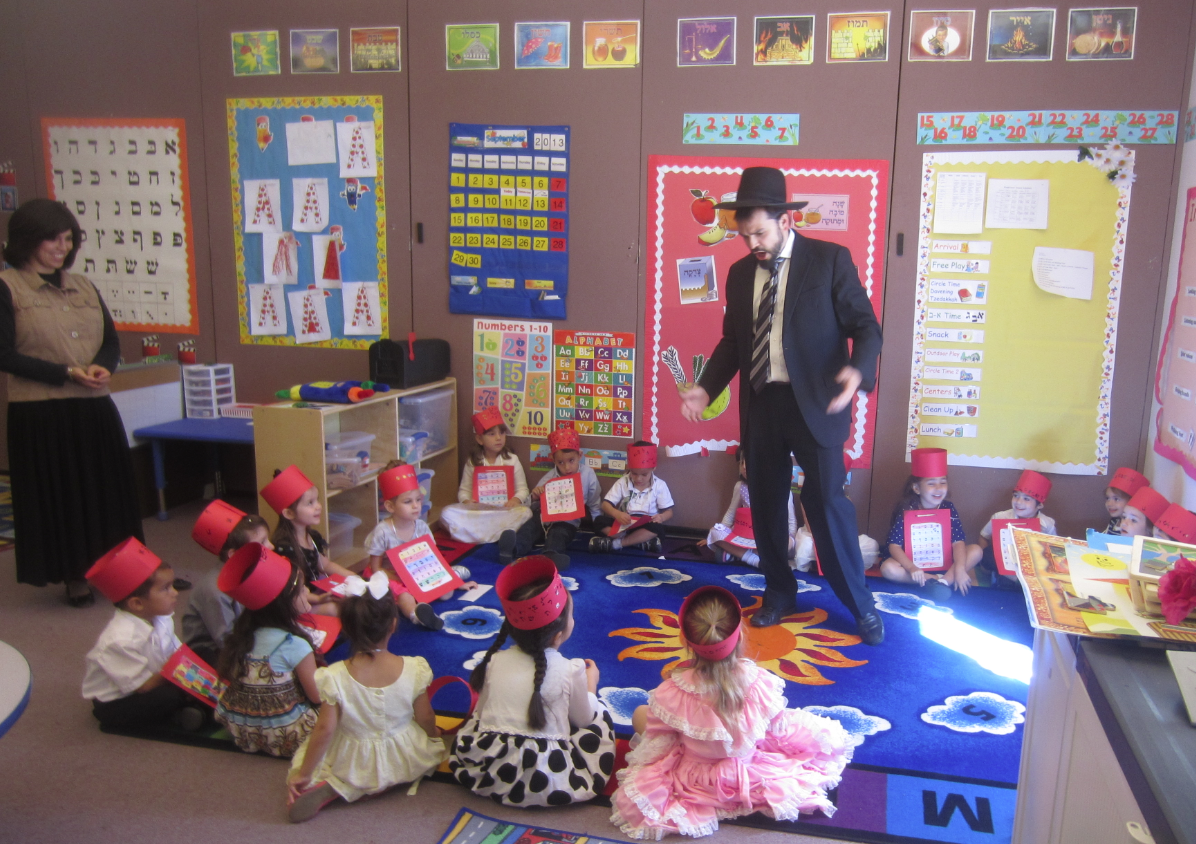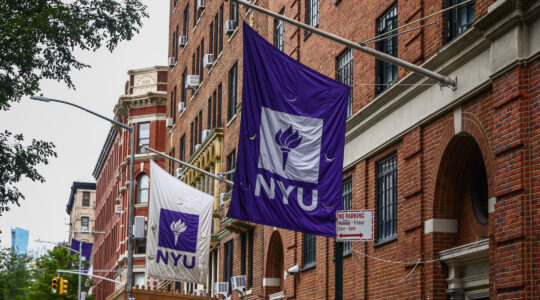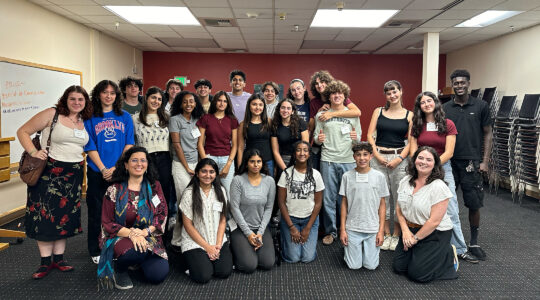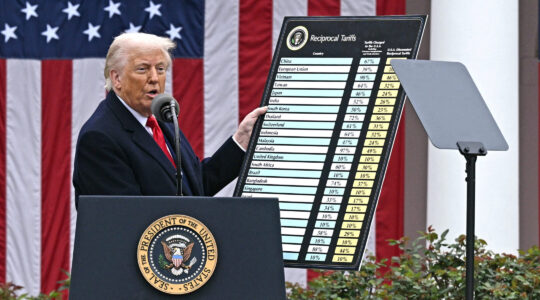NEW YORK (JTA) – Jewish day school enrollment in the United States is up 12 percent from five years ago, primarily due to growth in haredi Orthodox schools.
Nearly 255,000 students are enrolled in 861 Jewish day schools from the pre-K level through 12th grade, according to a new census of the schools conducted by the Avi Chai Foundation.
The day school survey, which has been conducted every five years since 1998-99, found 59 more schools and 26,437 more students since the last study, in 2008-09. Previous surveys found enrollment growth rates of about 11 percent in each five-year period.
The primary drivers of growth have been Hasidic students, whose enrollment has increased by 110 percent since the first census 15 years ago, and yeshivish (haredi non-Hasidic) schools, which have grown by 60 percent since the 1998-99 survey.
The challenge is “whether there will be sufficient [financial and infrastructure] resources to provide adequately for the growth in these two sectors,” said Marvin Schick, who conducted the survey for Avi Chai.
Overall, 60 percent of Jewish day school students in America are haredi Orthodox.
By contrast, enrollment in non-Orthodox schools is declining. Reform day school enrollment fell 19 percent from five years ago, to 3,704 students nationwide; enrollment in the Conservative movement’s Solomon Schechter schools is down 27 percent from five years ago, to 9,718 students; and nondenominational community day school enrollment has slipped by 2 percent to 20,413 students, according to the census.
Together, the non-Orthodox schools have just 13 percent of day school students. In 1998, the proportion was 20 percent.
The number of centrist or modern Orthodox students has stayed flat since 1998 at about 46,000 students. The survey divided those schools into two groups: modern Orthodox schools, which are generally coeducational and have about 27,000 students across 83 schools, and centrist Orthodox, which generally are gender segregated and have about 19,000 students in 77 schools.
Since Avi Chai’s surveys began in 1998, Conservative day schools have taken the largest tumble. The number of Solomon Schechter schools has dropped to 39 from 63, and the number of students has shrunk 45 percent to 9,700 student from 17,700. Some of the departing students were lost to community day schools, which since 1998 have grown by 22 schools and increased enrollment by about 5,500 students (though community day school enrollment has been relatively flat over the last five years).
Marc Kramer, the executive director of Ravsak, a network for Jewish community day schools, says the relatively stable enrollment for schools in his sector is good news for his 100-plus affiliate institutions.
“We see this as a sign of the ongoing commitment of the American Jewish community to community day schools,” Kramer told JTA.
The figures were self-reported by every known Jewish day school in the United States, according to Avi Chai. In all, 37 states and Washington, D.C., have Jewish day schools. The primary concentration of Jewish schools is in New York and New Jersey, where day school students number 190,195 – approximately 75 percent of the nationwide total.
The states with the next-largest day school populations are California (15,270 students), Florida (9,248), Maryland (7,556) and Illinois (5,248). No other state exceeds 3,200 day school students.
The day school numbers are not a reflection of American Jewry overall. Last year’s Pew Research Center survey of U.S. Jewry found that only 23 percent of American Jews said they attended a yeshiva or Jewish day school. Sixty percent of respondents said they had some kind of formal Jewish education.
For many families, Jewish day school is not a K-12 experience. In the 2013-14 school year, enrollment peaked in kindergarten, the Avi Chai census found, with declining enrollment in each of the subsequent grades. There were about twice as many day school kids in kindergarten (24,077) as in the 12th grade (11,927).
The study ascribed the trend to non-Orthodox dropoff in day school enrollment as students age and to high fertility rates among the Orthodox, which translate into more students in the younger grades.
The Avi Chai survey counted about 82,000 students in 137 Hasidic schools; about 76,000 students in 282 yeshivas; about 46,000 students in 160 centrist or modern Orthodox day schools; about 20,500 students in 97 community day schools; about 12,600 students in 80 Chabad schools; about 9,700 students in 39 Schechter schools; about 3,700 students in 13 Reform schools; about 2,400 students in 19 immigrant/outreach schools; and about 2,100 students in 34 special education schools.
A few of the schools counted in the survey include non-Jewish students. The majority of the immigrant/outreach schools and special education schools are under Orthodox auspices. While Chabad is a Hasidic sect, it differs from other sects in that its institutions often serve a diverse population of Jews.
The Avi Chai Foundation, which is spending down its endowment, likely will do one more day school census in another five years before its scheduled closure in 2020. According to the study, the day school population in America is expected to reach 300,000 around that time.
JTA has documented Jewish history in real-time for over a century. Keep our journalism strong by joining us in supporting independent, award-winning reporting.






